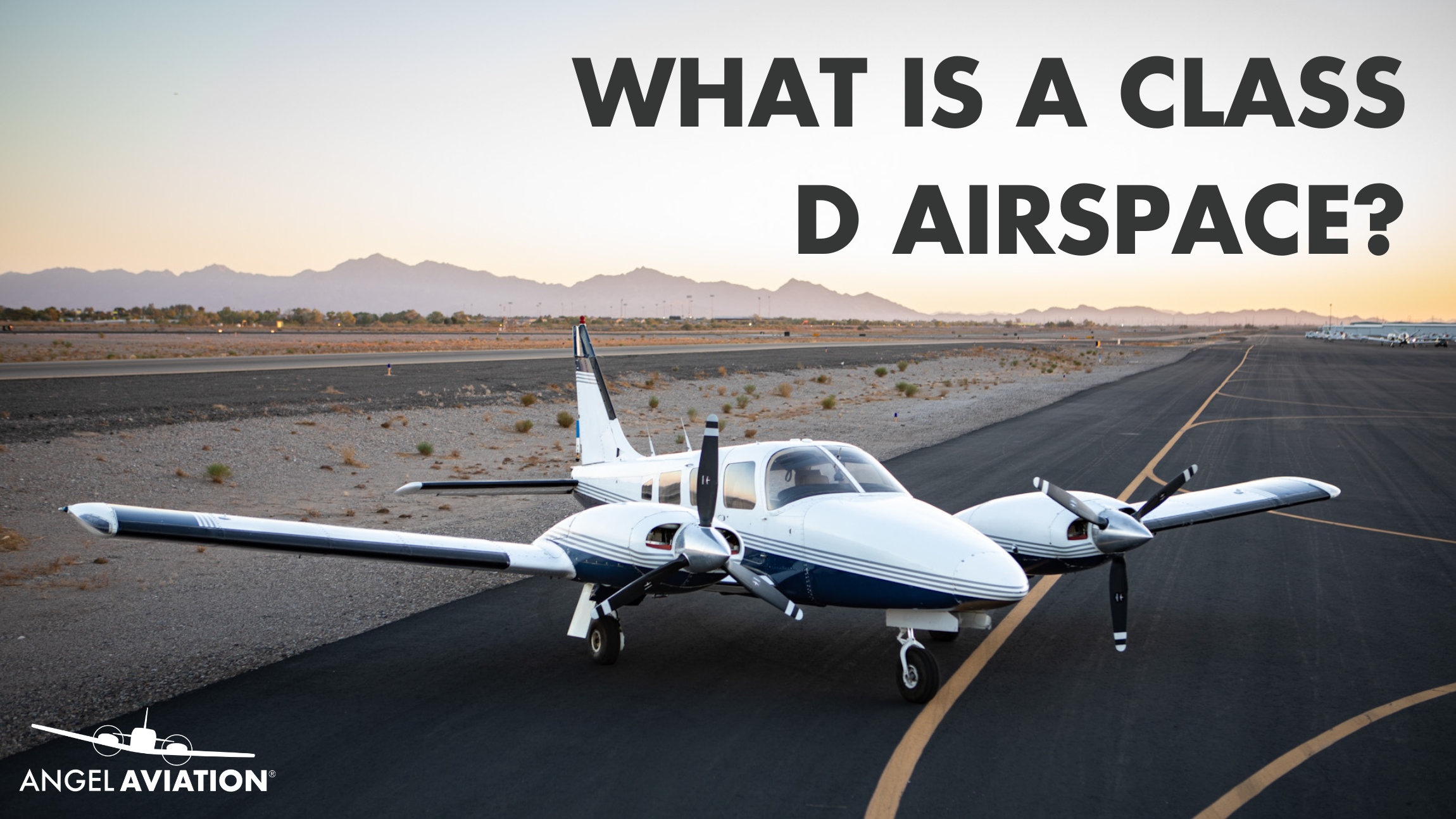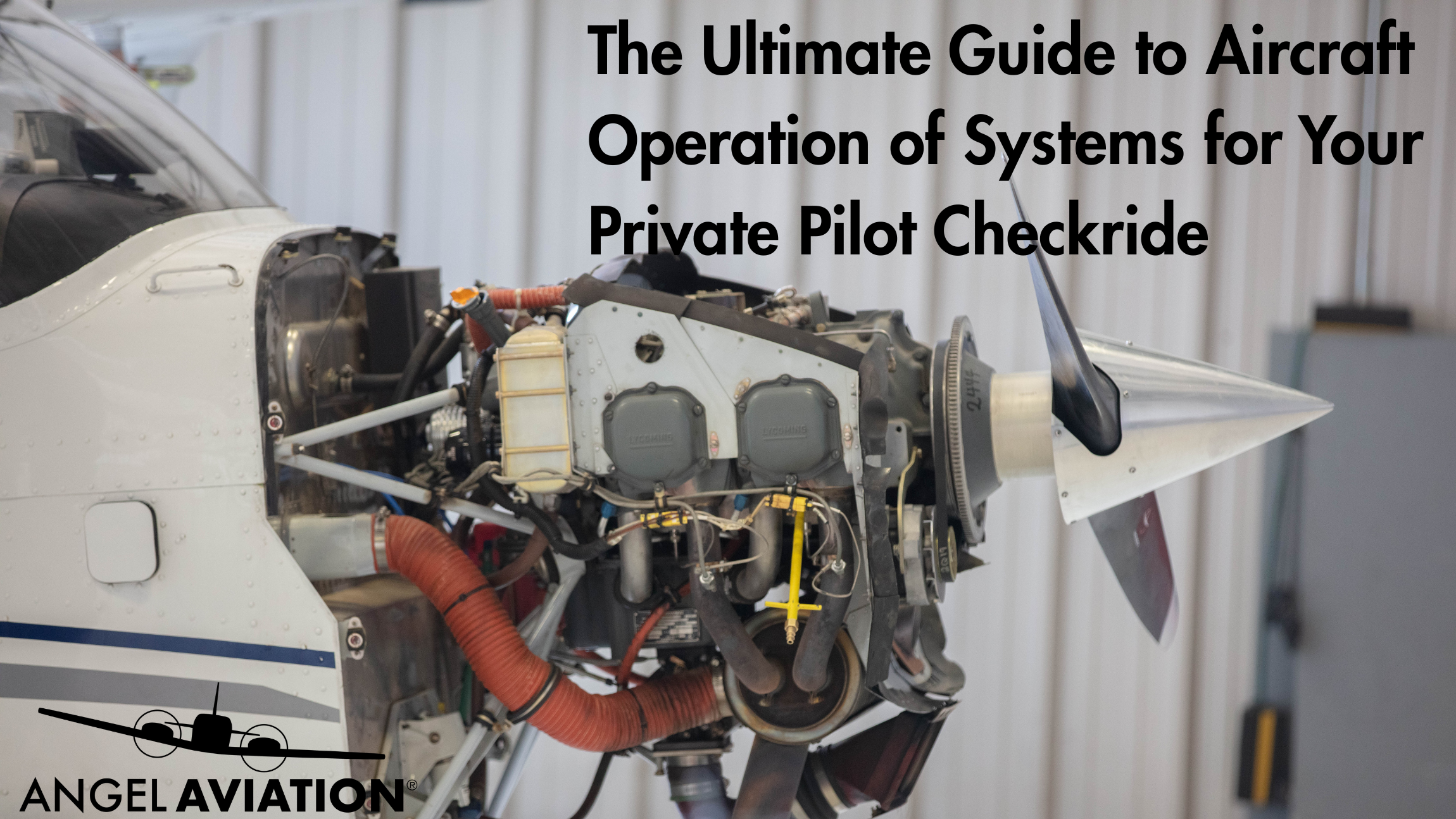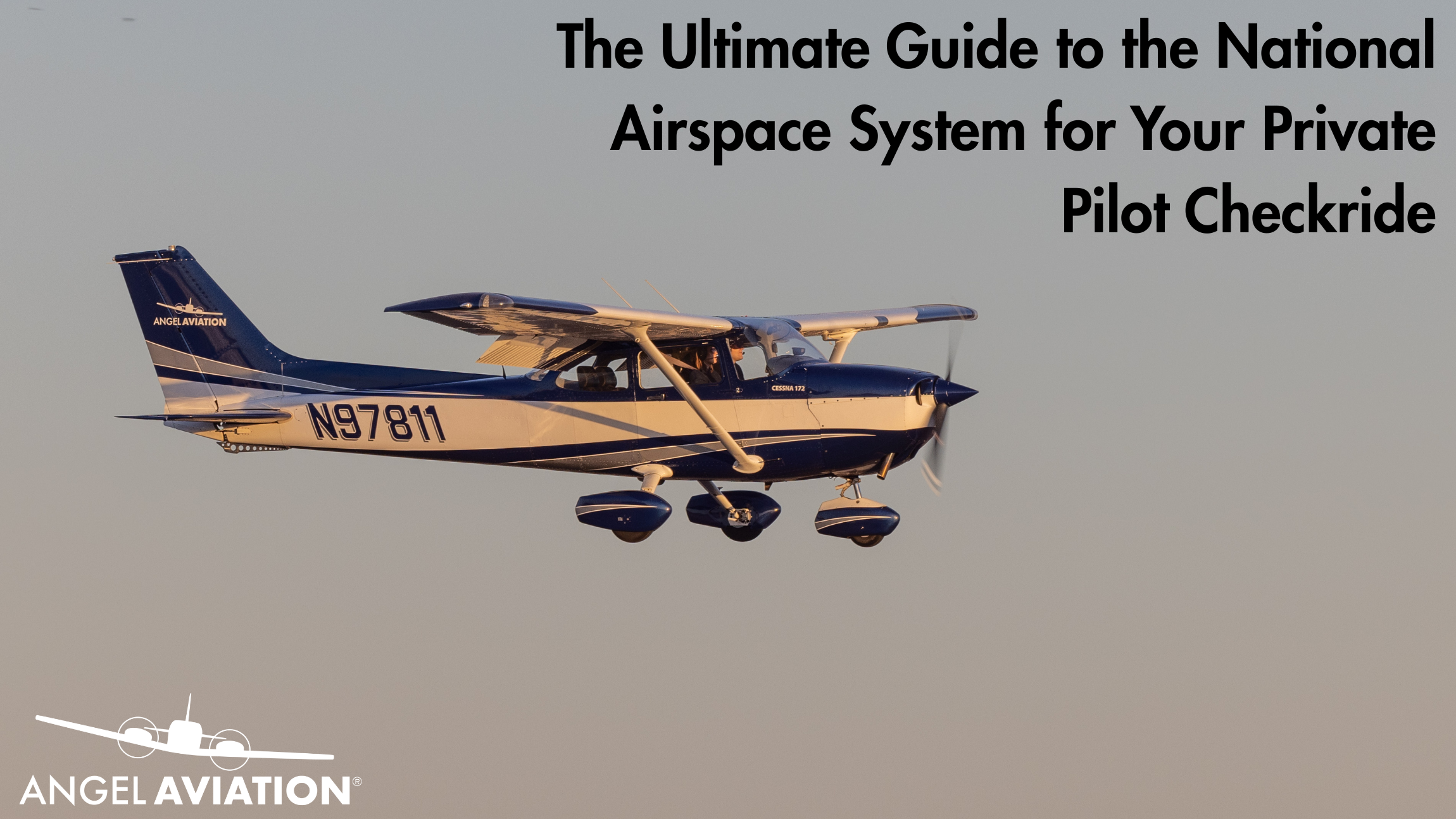Class D airspace is often encountered when flying into smaller, towered airports. Knowing how to operate in Class D is a key skill for student pilots. Let’s explore it further.
Defining Class D Airspace
Class D airspace typically surrounds airports with an operational control tower but less traffic than Class B or C airports. It extends from the surface to about 2,500 feet AGL and usually has a simple cylindrical shape.
Who Uses Class D Airspace?
Class D airspace accommodates general aviation, corporate, and regional airline traffic. Pilots operating in Class D must be in communication with the control tower.
Key Requirements for Flying in Class D Airspace
- Two-Way Radio Communication: Pilots must establish two-way communication with the tower before entering.
- No Special Equipment Required: Unlike Class B and C, a transponder is not always required.
- VFR Friendly: Student pilots can freely operate in Class D after making radio contact.
Final Thoughts
Flying in Class D airspace is a great way to practice communication skills while navigating controlled environments. At Angel Aviation, we ensure our students are confident in every airspace class. Book a lesson today!






Leave A Comment